N-Boc-Ethylenediamine
Synonym(s):N-Boc-1,2-diaminoethane;tert-Butyl N-(2-aminoethyl)carbamate
- CAS NO.:57260-73-8
- Empirical Formula: C7H16N2O2
- Molecular Weight: 160.21
- MDL number: MFCD00191871
- EINECS: 611-490-6
- SAFETY DATA SHEET (SDS)
- Update Date: 2025-02-23 21:28:46

What is N-Boc-Ethylenediamine?
Chemical properties
Clear colorless to very light yellow oily liquid
The Uses of N-Boc-Ethylenediamine
N-Boc-ethylenediamine is used in the synthesis of Thyronamine derivatives and analogs.
The Uses of N-Boc-Ethylenediamine
suzuki reaction
The Uses of N-Boc-Ethylenediamine
N-Boc-ethylenediamine is used in the synthesis of thyronamine derivatives. It is also used in the preparation of (2-isothiocyanato-ethyl)-carbamic acid tert-butyl ester by reacting with carbon disulfide. Further, it is used in both oligonucleotide and peptide synthesis.
Properties of N-Boc-Ethylenediamine
| Boiling point: | 72-80 °C0.1 mm Hg(lit.) |
| Density | 1.012 g/mL at 20 °C(lit.) |
| refractive index | n |
| Flash point: | >230 °F |
| storage temp. | Keep in dark place,Inert atmosphere,2-8°C |
| solubility | Chloroform (Slightly), Methanol (Slightly) |
| pka | 12.40±0.46(Predicted) |
| form | Oily Liquid |
| color | Clear colorless to very light yellow |
| Specific Gravity | 1.012 |
| Water Solubility | Miscible with methanol and chloroform. Slightly miscible with water. |
| Sensitive | Air Sensitive |
| BRN | 1932330 |
| Exposure limits | ACGIH: TWA 100 ppm OSHA: TWA 100 ppm(300 mg/m3) NIOSH: IDLH 1600 ppm; TWA 100 ppm(300 mg/m3); STEL 150 ppm(450 mg/m3) |
| CAS DataBase Reference | 57260-73-8(CAS DataBase Reference) |
Safety information for N-Boc-Ethylenediamine
| Signal word | Danger |
| Pictogram(s) |
 Corrosion Corrosives GHS05 |
| GHS Hazard Statements |
H314:Skin corrosion/irritation |
| Precautionary Statement Codes |
P280:Wear protective gloves/protective clothing/eye protection/face protection. P363:Wash contaminated clothing before reuse. P303+P361+P353:IF ON SKIN (or hair): Remove/Take off Immediately all contaminated clothing. Rinse SKIN with water/shower. P305+P351+P338:IF IN EYES: Rinse cautiously with water for several minutes. Remove contact lenses, if present and easy to do. Continuerinsing. P405:Store locked up. |
Computed Descriptors for N-Boc-Ethylenediamine
| InChIKey | AOCSUUGBCMTKJH-UHFFFAOYSA-N |
N-Boc-Ethylenediamine manufacturer
BTC pharm India
3Y
Phone:+91-8790379245
Whatsapp: +91- 6361382515
product: N-Boc-Ethylenediamine 98+
JSK Chemicals
2Y
Phone:+91-9879767970
Whatsapp: +91-9879767970
product: N-Boc-ethylenediamine, 95% 57260-73-8 99%
ASM Organics
Andhra Pradesh
Phone:91-9866122393
Whatsapp: 91-9866122393
product: N-tert-boc-Ethylenediamine
New Products
Methyl (R)-1-Boc-4,4-difluoropyrrolidine-2-carboxylate 2,2-Difluoropropylamine hydrochloride tert-butyl 3-bromoazetidine-1-carboxylate (R)-1-Boc-3-hydroxypyrrolidine DIFLUOROACETIC ANHYDRIDE 2,2-Difluoropropionic acid Diallylamine, 99% Calcium hydroxide, 95% Aluminum oxide, basic 2-Bromophenylacetonitrile, 97% L-tert-Leucine,97% N-Hydroxy-2-methylpropanimidamide 4-(3,4-Dichlorophenyl)-3,4-Dihydro-N-Methyl-1-(2H)-Naphthalenimine (Schiff Base) 2-AMINO-3,5-DIBROMO BENZALDEHYDE [ADBA] L-Glutamic Acid Dimethyl Ester Hcl 10-Methoxy-5H-dibenz[b,f]azepine 5-Cyanophthalide N, N-Carbonyldiimidazole (CDI) Dibenzoyl Peroxide Titanium Dioxide 2-(Methylthio) Benzonitrile Sodium Acetate Anhydrous Allopurinol 1,5-DibromopentaneRelated products of tetrahydrofuran
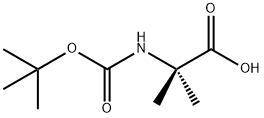
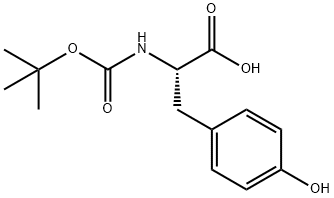

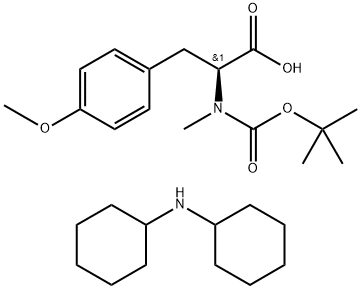
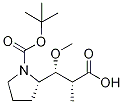

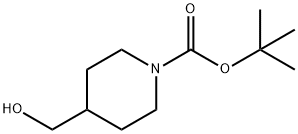

You may like
-
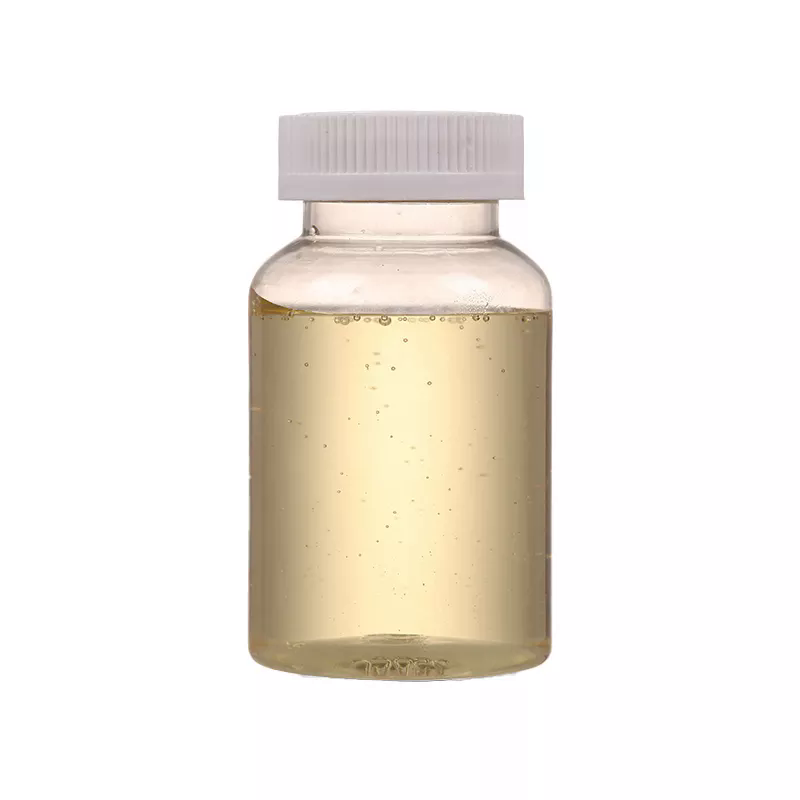 57260-73-8 N-Boc-Ethylenediamiine 99%View Details
57260-73-8 N-Boc-Ethylenediamiine 99%View Details
57260-73-8 -
 57260-73-8 98%View Details
57260-73-8 98%View Details
57260-73-8 -
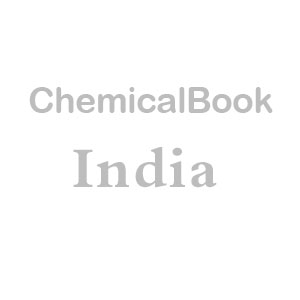 N-Boc-ethylenediamine CAS 57260-73-8View Details
N-Boc-ethylenediamine CAS 57260-73-8View Details
57260-73-8 -
 N-Boc-ethylenediamine, 98% CAS 57260-73-8View Details
N-Boc-ethylenediamine, 98% CAS 57260-73-8View Details
57260-73-8 -
 N-Boc-Ethylenediamine 98+View Details
N-Boc-Ethylenediamine 98+View Details
57260-73-8 -
 N-(tert-Butoxycarbonyl)-1,2-diaminoethane CAS 57260-73-8View Details
N-(tert-Butoxycarbonyl)-1,2-diaminoethane CAS 57260-73-8View Details
57260-73-8 -
 N-Boc-ethylenediamine CAS 57260-73-8View Details
N-Boc-ethylenediamine CAS 57260-73-8View Details
57260-73-8 -
 N-Boc-ethylenediamine CAS 57260-73-8View Details
N-Boc-ethylenediamine CAS 57260-73-8View Details
57260-73-8
Statement: All products displayed on this website are only used for non medical purposes such as industrial applications or scientific research, and cannot be used for clinical diagnosis or treatment of humans or animals. They are not medicinal or edible.
